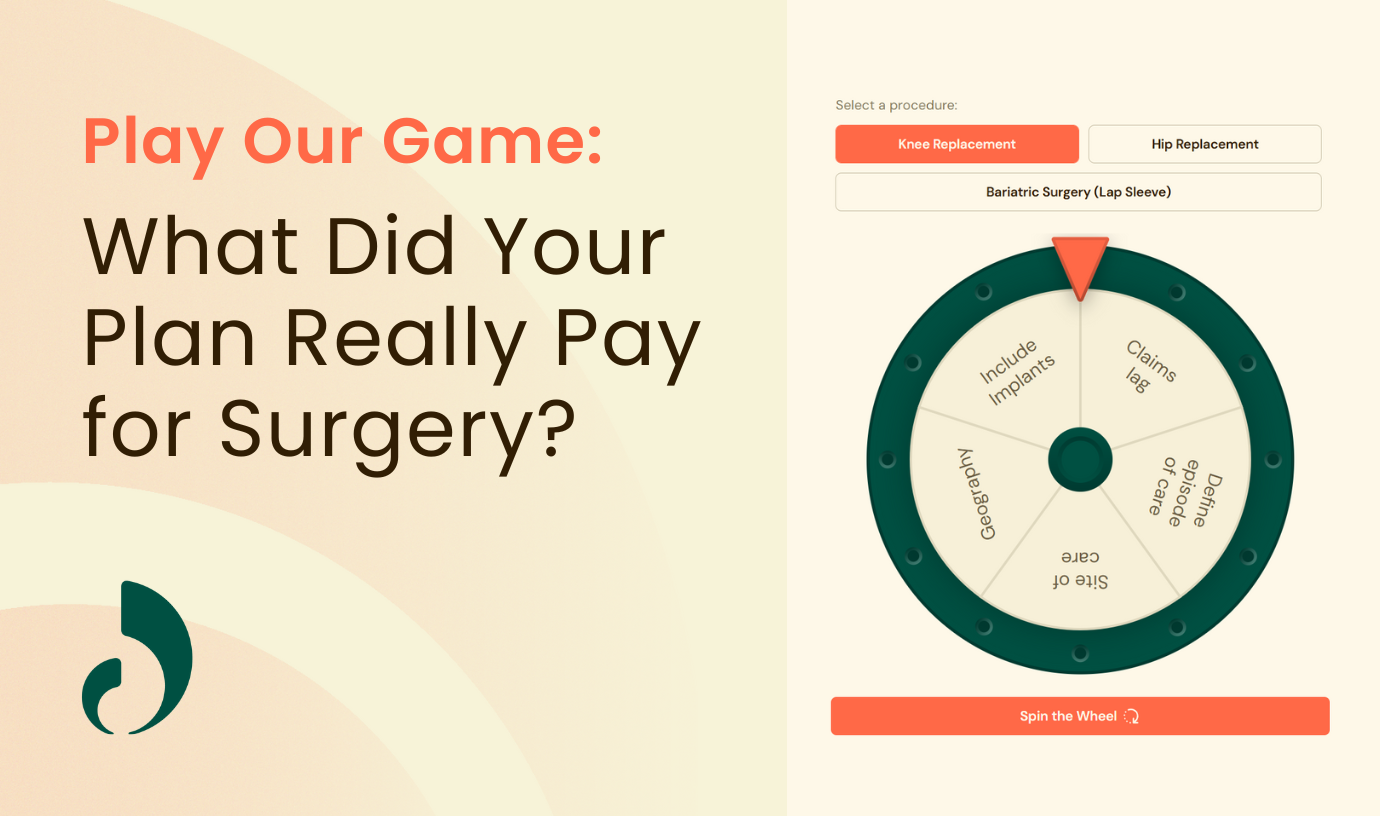
Blog

Recent articles

Benefits leaders share their top tips for finding a specialty care solution that slashes healthcare costs without sacrificing quality care.
December 22, 2025
Financial pressure is reshaping employer priorities. Consultants share what they expect in 2026 and beyond.
December 16, 2025
The Plan says it’s now about $30 million above its reserve rate. Lantern is proud to be a key part of the Plan’s cost-saving strategy.
December 12, 2025
Learn why specialty care is one area where CFOs can make immediate impact.
December 08, 2025
Lantern's Chief Medical Officers cut through the noise, taking a closer look at bariatric surgery and GLP-1s to support employees.
December 03, 2025
Read the stories of members whose lives were changed by their employers’ benefit offerings.
November 19, 2025
Lantern's cancer support team shares how they help employees throughout the difficult cancer care journey.
November 13, 2025
Hear how specialized surgical programs connect union members to the highest-quality care, improve health and protect the fund's dollars.
November 04, 2025
Dickon Waterfield shares what benefits leaders should focus on if they want to meaningfully lower cost of care.
October 30, 2025
Tired of hearing that benefits leaders can fix healthcare? A real-world look at lowering specialty care costs through quality, access and vendor accountability.
October 23, 2025
Launching a COE or specialty care benefit during open enrollment? Use this template as a guide to answer your employees' top questions.
October 16, 2025
A national insurance company shares the key elements to connect employees to the best surgical care.
October 08, 2025